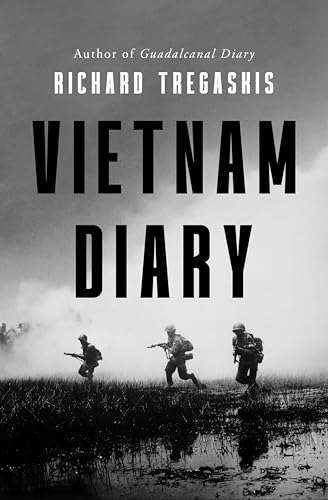
The Real War
by Jonathan Schell
"The Classic Reporting On The Vietnam War"
Popularity
3.85 / 5
* A book's popularity is determined by how it compares to all other books on this website.
Where to buy?
Buy from Amazon* If you buy this book through the link above, we may receive a small commission at no extra cost to you.
The Real War by Jonathan Schell
Details
War:
Vietnam War
Perspective:
War Correspondents
True Story:
Yes
Biography:
No
Region:
Asia
Page Count:
416
Published Date:
2000
ISBN13:
9780306809262
Description
Main Themes and Topics
The book The Real War by Jonathan Schell delves deep into the complexities of the Vietnam War, providing an eyewitness account of the events that transpired during one of the most controversial conflicts of the 20th century. Schell’s work focuses on the destruction and impact of American military operations on Vietnamese villages and provinces, illustrating the harrowing consequences of war on civilians. Central themes include the futility and moral ambiguity of war, the political and human costs involved, and the enduring impact of conflict on cultures and societies.
Writing Style and Tone
Jonathan Schell's writing in The Real War is both gripping and vividly descriptive, allowing readers to almost feel as though they are experiencing the events firsthand. Schell employs a journalistic approach, blending meticulous detail with a narrative style that is both accessible and engaging. The tone of the book is somber and reflective, capturing the grave realities and the emotional weight of the Vietnam War. Schell’s skillful prose ensures that the book is as thought-provoking as it is informative, never shying away from the brutal realities faced by both soldiers and civilians.
Brief Summary
The Real War is a compilation of Jonathan Schell’s groundbreaking reportage from Vietnam, featuring first-person accounts and detailed observations of the war’s impact on the ground. In “The Village of Ben Suc,” Schell chronicles the American military operation that led to the destruction of a village, emphasizing the human cost of the conflict. “Military Half” expands upon this by describing the systematic devastation of two provinces in South Vietnam, providing insights into the scale and intensity of American military tactics. Schell’s retrospective insights in the latter sections of the book offer a profound contemplation of the war’s continued relevance in understanding modern conflicts.









